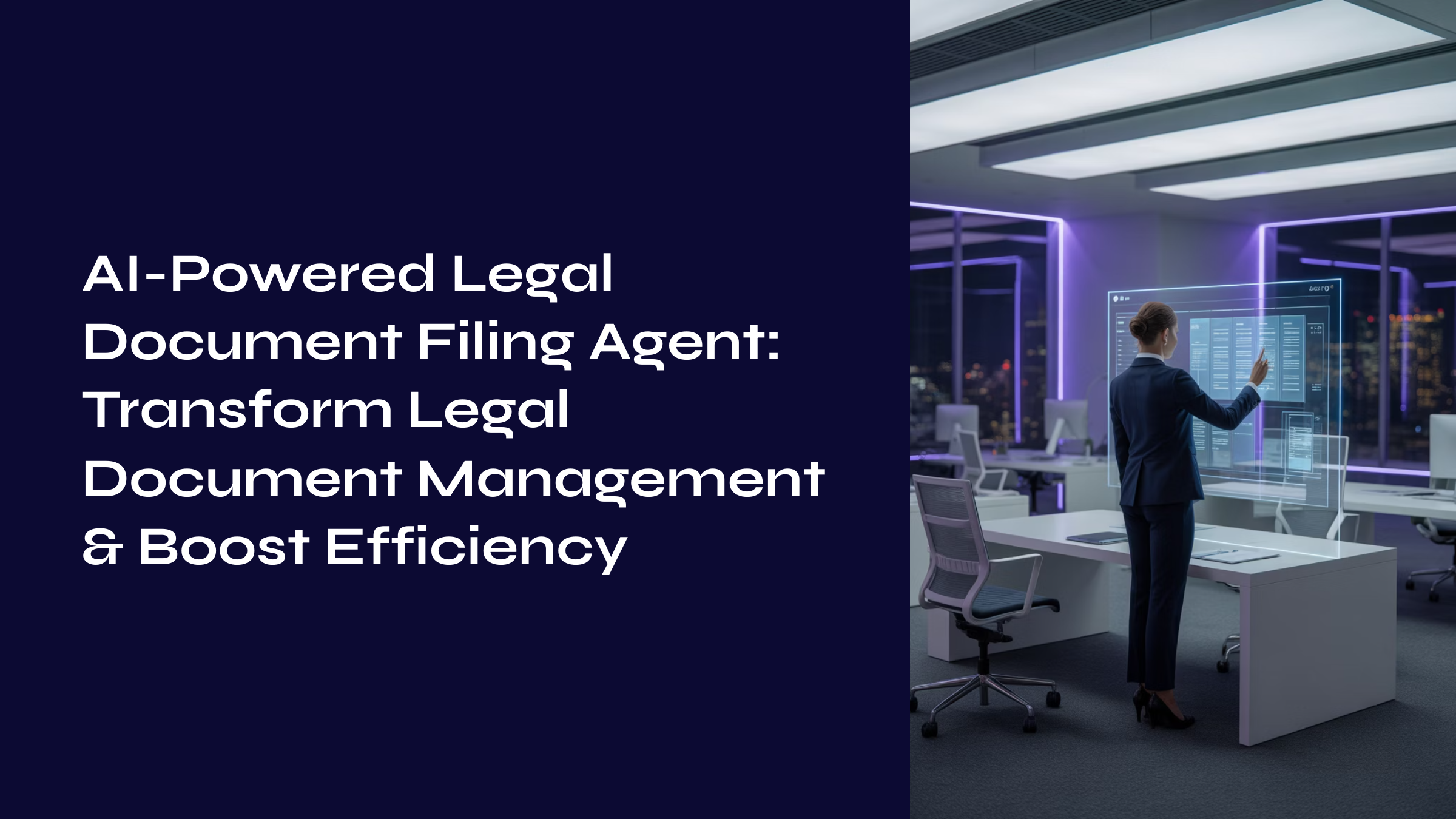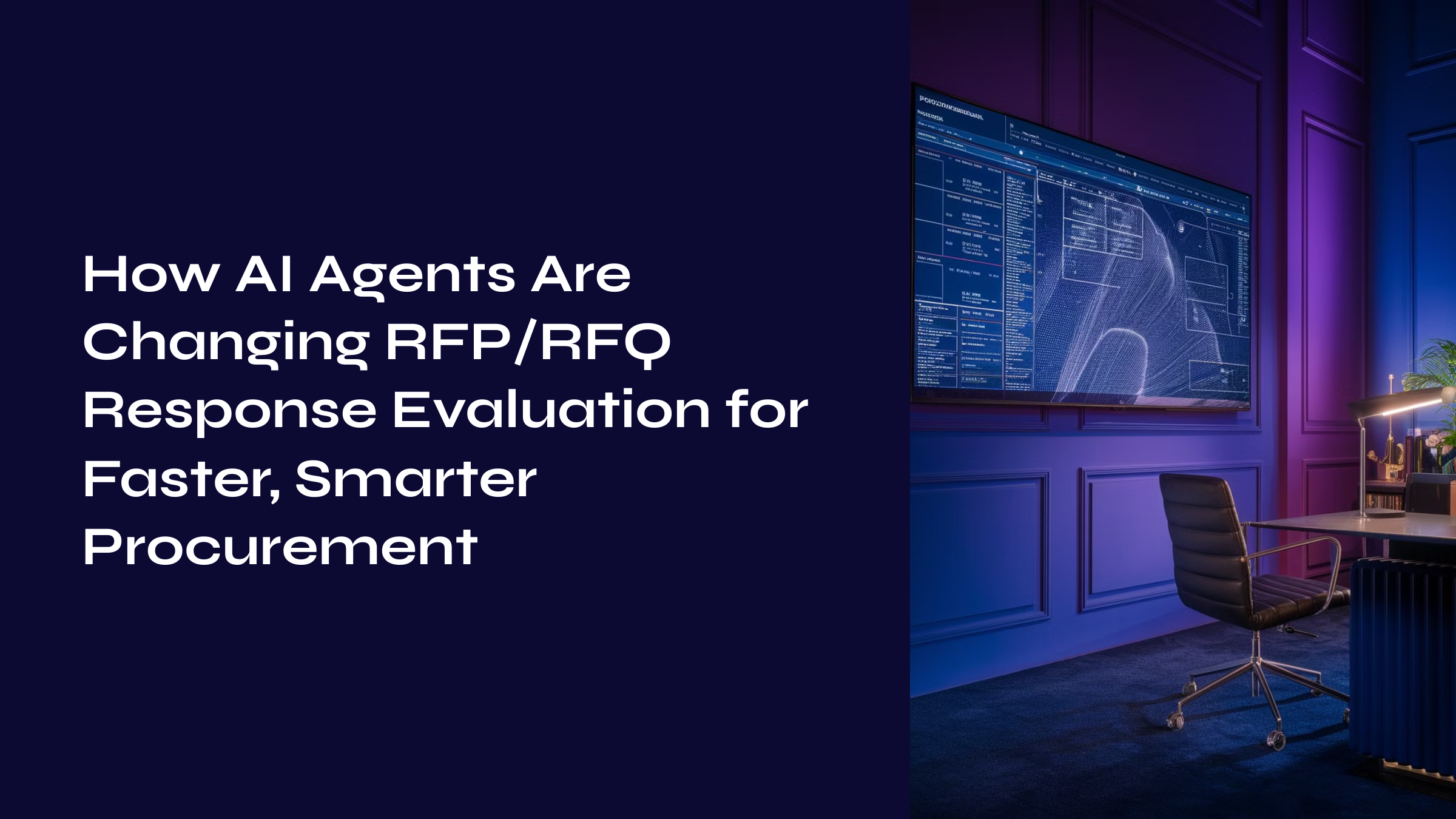Generative AI offers small and medium-sized businesses (SMBs) a powerful way to streamline operations, personalize customer interactions, and make data-driven decisions. Large enterprises have embraced AI technologies, but SMBs often face unique challenges—technical complexity, resource limitations, and budget constraints—that can make adoption seem daunting. However, with a step-by-step approach, SMBs can unlock new efficiencies and competitive advantages by integrating Generative AI into their operations.
This article provides an actionable guide for SMBs interested in implementing Generative AI, covering everything from identifying use cases to preparing data and deploying models. With the right plan, SMBs can enhance operations, engage customers, and drive growth in a competitive market.
Read this article to discover what Generative AI is, along with its benefits, use cases, and best practices for implementation
Why Generative AI is a Game-Changer for SMBs
Generative AI, or AI that can create new content—such as text, images, or conversational interactions—enables businesses to automate tasks and provide more engaging, personalized customer experiences. This technology relies on machine learning models trained to recognize patterns in extensive datasets, generating responses and content that can transform how businesses operate. Key applications for SMBs include:
- Automated Content Creation: Quickly generate blog posts, product descriptions, email campaigns, and social media content, saving time while expanding marketing reach.
- Efficient Customer Support: Deploy AI chatbots to handle routine inquiries 24/7, freeing human agents for complex support tasks and improving response times.
- Personalized Customer Experiences: Provide tailored product recommendations, customized messaging, and targeted offers to boost engagement and customer satisfaction.
For SMBs, Generative AI can reduce costs and save time while enabling a level of operational efficiency previously reserved for larger companies, making it an invaluable asset for growth and competitiveness.
Check out this article: Generative AI for SMBs – Affordable AI Solutions to Get Started. Discover practical, budget-friendly ways for small and medium-sized businesses to leverage AI for automation, customer engagement, and operational efficiency.
Key Technical Foundations for Implementing Generative AI in SMBs
To successfully integrate Generative AI, SMBs need to focus on several technical foundations:
1. Prepare Your Data for Generative AI
Data quality and structure are crucial for training effective AI models. Generative AI systems rely on large datasets to recognize patterns, so preparing your data thoughtfully will impact your results. Key steps include:
- Data Collection: Start by gathering relevant data from customer interactions, sales records, support tickets, or product details. More data often leads to better model performance.
- Data Cleaning: Raw data is often messy, with duplicates or missing values. Cleaning data ensures consistency and reliability in AI outputs.
- Data Privacy: Protecting customer data is essential. Use data anonymization and encryption, and adhere to privacy regulations like GDPR and CCPA.
Dive into our latest blog to explore what Responsible AI is and why it should be a top priority for businesses today!
2. Choosing the Right Model for Your Business
Choosing the right AI model is essential for successful implementation. SMBs have access to a variety of models, ranging from open-source to proprietary platforms.
- Pre-trained Models: Platforms like Hugging Face offer pre-trained models such as GPT-Neo or T5, which can be fine-tuned to your specific needs. Pre-trained models significantly reduce the cost and time required to build AI solutions from scratch.
- Cloud-based AI Platforms: Services like OpenAI’s GPT-4 or Google’s AI Platform offer managed AI solutions that can be accessed via APIs. These platforms handle much of the technical infrastructure, allowing SMBs to deploy AI without needing extensive in-house resources.
- Fine-tuning: For SMBs with unique industry needs, pre-trained models can be fine-tuned using specific datasets. Fine-tuning adapts a general-purpose model to perform better in a specific context—whether it’s understanding industry jargon or tailoring outputs to your business.
3. Infrastructure and Scalability
Generative AI models require computational resources, but SMBs can leverage cloud services to avoid high hardware costs.
- Cloud Computing: Cloud providers like AWS, Azure, and Google Cloud offer scalable solutions that allow you to pay only for the resources you use, making AI deployment affordable.
- On-premises vs. Cloud: While most SMBs will benefit from cloud infrastructure, industries with stringent data privacy requirements may prefer on-premises solutions, which offer more control but come with higher costs.
Implementation Roadmap for SMBs
Implementing Generative AI requires a structured approach to ensure a smooth integration into existing workflows. Here’s a step-by-step guide:
Step 1: Identify High-Impact Use Cases
Start by identifying business areas where AI can provide the most benefit. Common SMB use cases include:
- Automated Marketing: AI can generate email campaigns, product descriptions, or social posts that are customized for your audience.
- Customer Support Automation: AI chatbots can handle common inquiries, reducing human workload and improving response speed.
- Product Recommendations: Use AI to analyze customer behavior and offer personalized recommendations, boosting sales and customer loyalty.
Step 2: Data Preparation
Once you’ve identified your use cases, focus on organizing and enhancing your data:
- Data Structuring: Organize data into formats that AI models can easily process, such as categorizing customer feedback or tagging sales records.
- Data Enrichment: Consider augmenting your data by integrating additional third-party data sources or generating new data points to enhance model performance.
Step 3: Model Training and Fine-tuning
Training an AI model involves teaching it to recognize patterns in your data. For SMBs, starting with pre-trained models can be a cost-effective and efficient choice:
- Training: Depending on your use case’s complexity, you may need to fine-tune a pre-trained model. Fine-tuning leverages your data to customize the model for specific tasks.
- Optimization: Once trained, models should be optimized for speed and accuracy, ensuring they perform effectively in real-time scenarios, such as answering customer queries or generating content.
Step 4: Deployment and Integration
Deploying AI models requires integrating them into your business workflows:
- API-based Deployment: Most AI models can be deployed via APIs, making integration with CRM systems, websites, or apps straightforward.
- Monitoring and Maintenance: After deployment, monitor performance to ensure accuracy. Over time, models may need retraining to adapt to new data patterns or customer behaviors.
Overcoming Common Challenges in AI Implementation
While Generative AI offers numerous benefits, SMBs often face challenges in implementation. Here are some common obstacles and how to overcome them:
Data Privacy and Compliance
Maintaining data privacy is crucial. Implement encryption, anonymization, and access controls, and stay compliant with data privacy laws to safeguard customer information.
Managing Budget Constraints
Implementing AI can be costly, but here are ways to control expenses:
- Use Pre-trained Models: Starting with pre-trained models significantly reduces development costs.
- Phased Implementation: Instead of a full rollout, start with high-impact areas (e.g., customer support or content generation) and expand gradually.
Navigating Technical Expertise Requirements
SMBs may lack in-house expertise, but no-code and low-code platforms can bridge this gap:
- Leverage No-code/Low-code Platforms: Tools like OpenAI and Hugging Face simplify model usage with user-friendly interfaces, minimizing the need for technical skills.
- Engage AI Service Providers: Consider partnering with an AI provider to access customized solutions without taking on the technical burden.
Conclusion
Generative AI offers SMBs a powerful pathway to improve customer engagement, streamline operations, and create efficiencies. By following a structured roadmap—identifying key use cases, preparing data, selecting suitable models, and deploying them thoughtfully—SMBs can successfully harness AI’s benefits.
While implementing AI may seem challenging, approaching it step-by-step and utilizing cloud-based solutions, pre-trained models, and expert resources can make AI a valuable tool for growth and innovation.
Empower Your Business with Customized AI Solutions – Start Your AI Journey Today
We bridge the gap for SMBs by delivering customized AI solutions that are scalable, affordable, and seamless to implement. From data preparation and model training to deployment and ongoing support, we handle every step of the AI journey, empowering your business to benefit from advanced technology without the technical complexity.
Ready to transform your business with Generative AI? Contact us today to start your AI journey.
Frequently Asked Questions (FAQs)
- What are the first steps for an SMB to implement Generative AI?
Start by identifying specific business use cases where AI can have the most impact. Then, gather and clean data before selecting an appropriate AI model. - Do I need a large dataset for Generative AI?
While more data generally improves AI performance, many pre-trained models can still deliver results with smaller, high-quality datasets. - How can SMBs ensure data privacy in AI implementations?
Employ robust privacy measures like encryption and anonymization, and comply with relevant regulations, such as GDPR and CCPA. - What are the typical costs of implementing Generative AI?
Costs vary based on the chosen models, cloud services, or infrastructure. Utilizing pre-trained models can substantially reduce expenses. - Is technical expertise required to implement AI?
While expertise is helpful, no-code platforms make it easier for SMBs to adopt AI. Alternatively, partnering with AI service providers can provide the technical support needed.
















